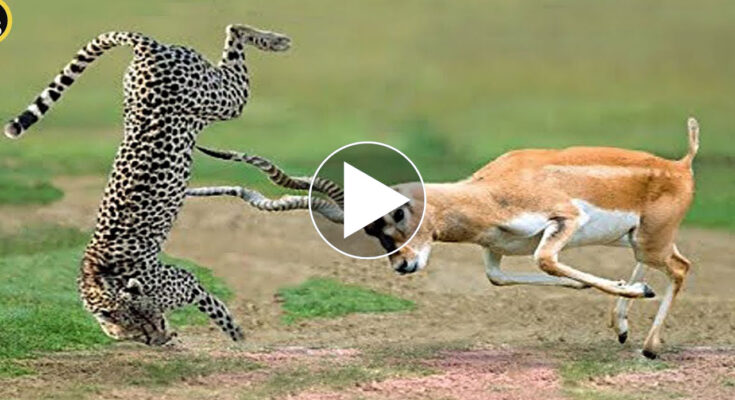1. The natural world is filled with breathtaking instances where prey skillfully evades their predators, showcasing the remarkable adaptations and instincts that have evolved over time. These moments highlight the intricate balance of survival in the wild, where every encounter can mean the difference between life and death. From the swift maneuvers of a gazelle dodging a lion’s pounce to the clever tactics of a rabbit escaping a hawk’s grasp, these escapes are not only thrilling but also serve as a testament to the resilience of life in the face of danger.
2. Each escape is a unique story of instinct and agility, often involving a combination of speed, camouflage, and strategic thinking. For instance, certain species of fish employ rapid bursts of speed and sudden changes in direction to evade larger predators lurking in the depths of the ocean. Similarly, birds often rely on their ability to soar to great heights or dive into dense foliage, using their environment to their advantage. These moments are not merely about physical prowess; they also reflect the intelligence and adaptability of prey species as they navigate the challenges posed by their predators.
3. Observing these incredible escapes provides valuable insights into the dynamics of predator-prey relationships and the evolutionary pressures that shape animal behavior. Each successful evasion not only contributes to the survival of the individual but also plays a crucial role in maintaining the ecological balance within their habitats. As we continue to study these interactions, we gain a deeper appreciation for the complexity of life on Earth and the ongoing struggle for survival that defines the natural world.
Apache Great White Shark.
Crocodile World Erha.
cat kisses a mouse.



